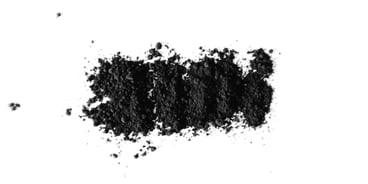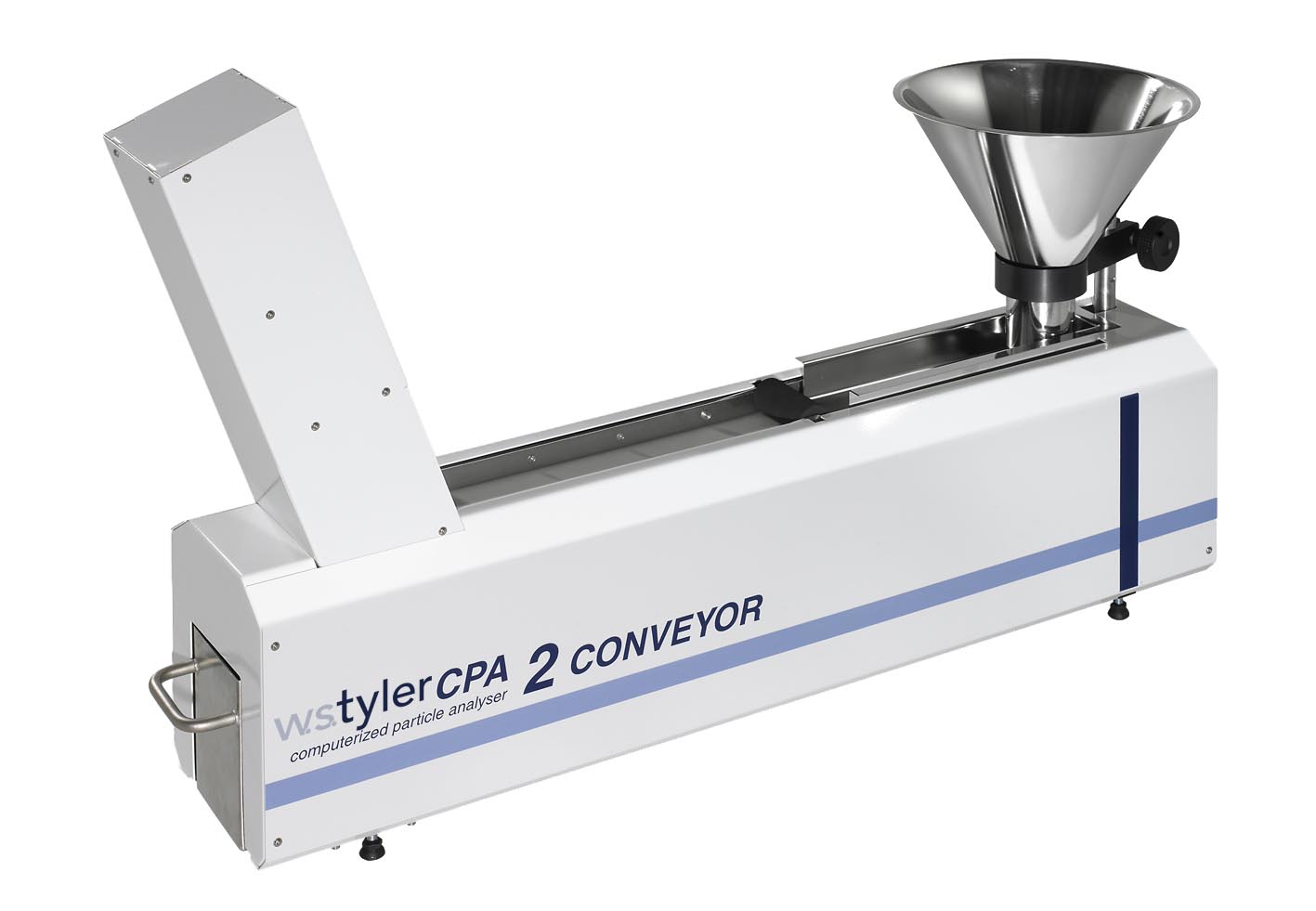How Dynamic Image Analysis Systems Benefit the Fertilizer Industry
Fertilizer manufacturers’ top priority is ensuring their final product meets a desirable quality level and provides the end-user with optimal results. In order to do so, they must first analyze the granules that are being infused into their fertilizer blends.
While a traditional test sieve analysis has been the ideal method for conducting particle analysis in the fertilizer industry, there is new equipment emerging that delivers that same accurate and repeatable results in a fraction of the time. Among these devices, Dynamic Image Analysis Systems are possibly the most beneficial.
So how exactly do Dynamic Image Analysis Systems benefit the fertilizer industry?
Today, the NEXOPART® Computerized Particle Analyzer (CPA) is the premier automated instrument for granule size measurement in the fertilizer industry. We strive to maintain our position within the industry by listening to our customers and developing the CPA around their needs.
In this article, we will provide insight into how the CPA enhances fertilizer production, how it calculates granule size, and how much you can expect to pay for a unit.
What Is a Dynamic Image Analysis System?
A Dynamic Image Analysis System, such as the Computerized Particle Analyzer (CPA), is an advanced particle analysis instrument used to analyze the size and shape of dry, non-agglomerated material. 
Using a line scan camera, these systems can analyze up to 10,000 granules as fine as 10 microns per second.
How Does the CPA Benefit Fertilizer Production?
The benefits of the CPA lies in the fact that typical samples can be run in a fraction of the time required to do a traditional sieve analysis. This allows more samples to be run in the course of a day and is specifically ideal for operations that run 20 or more tests on a daily basis.
The CPA instrument is typically installed in the plant lab, somewhere in the production cycle, or a load out area. In many instances, it is installed in multiple locations to aid in the identification of production upsets and to ensure product quality.
Furthermore, it is very common for the CPA to be set up at one or more load-out points (truck and/or train car) to ensure that the vessel is loaded with fertilizer that meets the required Size Guide Number (SGN) for the shipment.
That said, the CPA can also be applied online. An online CPA unit can be programmed to run on its own with minimal operator input through the use of a programmable logic controller (PLC).
A sample diverter automatically takes a representative sample from your production line. The CPA then runs the sample and provides results that accurately represent the quality of your material.

Regardless of how you implement a CPA, the fact that the CPA operates reliably 24/7 in the harsh environment of the fertilizer industry with minimal maintenance is a testament to the design and functionality of the instrument.
How Does the CPA Analyze Fertilizer Results?
The CPA is used to determine the SGN of the product. The SGN is defined as the diameter, expressed as millimeters x 100, of the fertilizer granules based on the median (or mid-point) within the batch.
This means that half of the fertilizer granules are larger than the set SGN, and half are smaller. For example, a fertilizer with an average granule size of 1.5 mm equates to an SGN of 150.
Now, D50 is the median granule size for a fertilizer sample or load and is the most common metric to report granule size. With that, units are usually reported in millimeters by most fertilizer manufacturers.
In the case of the fertilizer industry, the CPA software, CPA Serve, is customized to provide the data that the industry requires.
How Much Does a CPA Cost?
When it comes to the price of a CPA unit, factors such as the unit itself, software requirements, training, and setup should be taken into consideration. The average price range of a CPA is $60,000 to $110,000; however, with all the benefits that accompany the implementation of a CPA, you can usually expect a 12-month return on investment time frame.
This means that in a 12-month time frame, the reduction in operation costs will outweigh the overall cost of the CPA unit.
For more details surrounding the return on investment on a CPA unit, refer to our article: What is the ROI on a Computerized Particle Analyzer (CPA)?
Explore the Possibilities of a Computerized Particle Analyzer
The NEXOPART Computerized Particle Analyzer is a Dynamic Image Analysis System designed to analyze thousands of dry, non-agglomerated particles by utilizing a high-definition line scan camera. It’s ability to efficiently analyze thousands of particles in seconds while being subjected to the harsh conditions of a fertilizer manufacturing facility makes it one of the most pivotal particle analysis instruments on the market.
As it is used to automatically calculate the SGN of a fertilizer prior to shipment, it is commonly placed next to shipment trucks as a quality control measure that prevents low-quality fertilizers from being shipped out.
With a price range of $60,000 to $110,000, fertilizer manufacturers must consider factors such as the unit itself, software requirements, training, and system setup when determining if the CPA is right for their particular operation.
With over 140 years of particle analysis experience, W.S. Tyler is here to ensure your particle analysis operation yields results that are both accurate and repeatable.
To learn more about the possibilities of a Computerized Particle Analyzer (CPA), refer to our Computerized Particle Analyzer Model Overview Brochure as well as our Computerized Particle Analyzer Product Guide.
Want all the latest industry trends and innovations sent directly to your inbox? Subscribe to our monthly newsletters today.
About Terry A. Reckart
Terry Reckart is a consultant for W.S. Tyler, specifically working with the Computerized Particle Analyzer. His responsibilities include providing technical support, conducting product demonstrations, running samples for customers, and supporting efforts that help customers determine whether or not dynamic image analysis is right for them.




